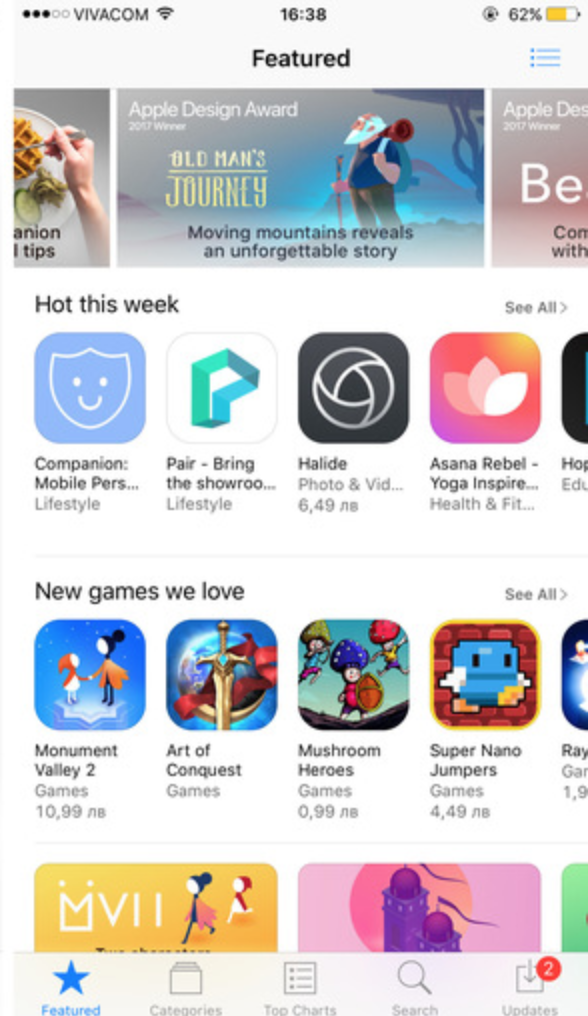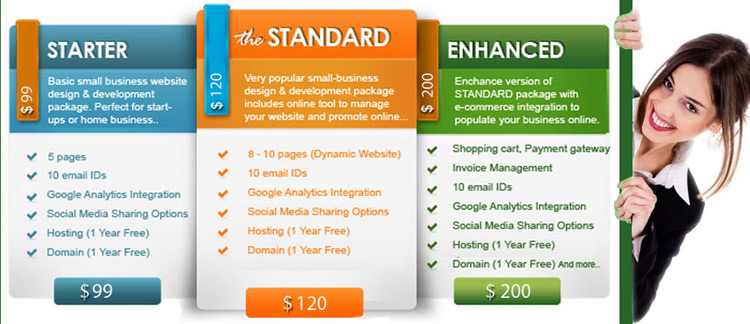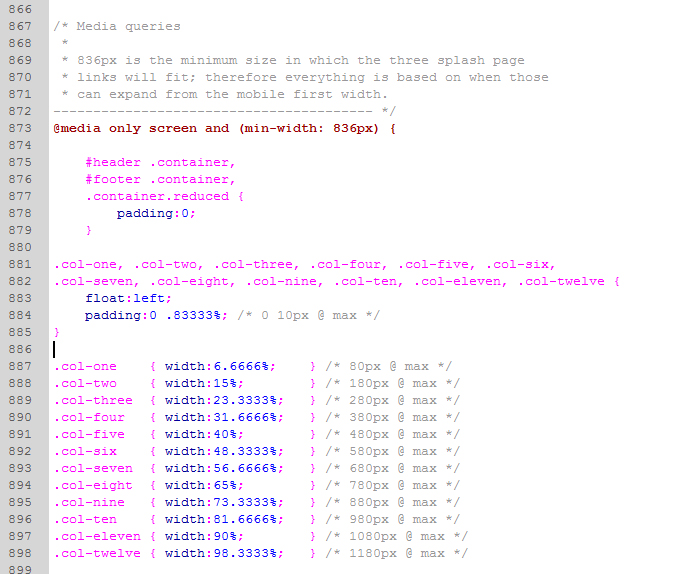
This article will teach you the fundamental CSS needed to make responsive images. We'll be discussing the Art direction, Pixel based, Type switching, Accept hint and Type-switching options. These methods will ensure your images display correctly on all devices. You should place the CSS that you use to create responsive images in global styles.
Art direction method
Responsive design presents the greatest challenge in changing images to suit different sizes. A large landscape photo, for example, looks amazing on a desktop. But it is almost impossible to view on your mobile phone. In this instance, a portrait photo would be more appropriate. It is possible to alter the image's scale on mobile using a picture> component.
Resolution switching is a solution to the problem. This allows for different sizes of images to be served, or resizing images based on their display density. This technique can work well on websites that have a lot of imagery.

Pixel-based method
It can be difficult to design responsive images. A variety of CSS methods can be used to alter the size of images depending upon the screen size. These methods do have limitations. One such approach is using the srcset attribute to load the image according to the current media conditions when it first loads. This solution is not ideal as it doesn't give the browser any discretion in deciding which images to display. There is a better alternative.
The sizes attribute is the first. This attributes specifies a set condition that allows the browser select the correct source of the image. The first condition is known as the max-width and the second is called the slot width. You can create an image that will fit within the screen width using this method.
Method of type-switching
This method is great for websites that use modern images types but are not supported on older browsers. It switches between different image types depending on the content and browser compatibility. By resizing or shrinking the browser window, you can test responsiveness. However, this is not the only method to test responsiveness. You will need to do further testing to ensure that it works as expected.
Responsive images are displayed in columns when a web page uses them. Separate the columns using media queries or conditional breakpoints. A responsive image will be displayed in one column on a smartphone and two columns on tablets. It will also appear in four columns on larger screens.

Accept hint
A Client Hint is a great way to reduce the server load when creating responsive images. It can be used from 19 to 32%. This feature is a great way for websites to improve their image performance. It allows the web server select the most appropriate image from available image resources to a given device. This reduces the data transferred and improves image quality. Client hints can be difficult to program and take some time, but most content delivery systems now support them.
Client Hints are an initiative spearheaded by Google, and they are already supported in Chrome and Opera. Client Hints make it easy to use. They help you to reduce the amount of code required to make responsive pages. It also allows you to serve different versions of an image for different users.
FAQ
How to design your website?
The first step is to understand what you want your site to do for your customers. What do they look for on your site?
What other problems could they face if they can't find the information they need on your website?
Once you know this, you must figure out how to solve those problems. You also need to make sure that everything on your site looks right. It should be easy for users to navigate.
Your website should be well-designed. It shouldn't take too many seconds to load. People won't stay as long if it takes too long to load. They will move on to something else.
If you're going to build an eCommerce site, you need to think about where all your products are located. Are they all in the same place? Are they in one location?
You need to decide whether you want to sell one product at once or many different types of products. Do you want to sell just one type of product or multiple kinds?
When you answer these questions, your site can be built.
Now, you have to think about the technical aspects of your site. How will your website work? It will it work fast enough? Can it be done quickly by people using their computers?
Are people able to purchase something without paying extra? Is it necessary for them to register before they are able to purchase anything?
These are the essential questions you should ask yourself. When you have the answers, you can move on.
Can I use a framework or template on my website?
Yes! When creating websites, many people use pre-built templates. These templates have all the code you need to display your information on your website.
Some of the most well-known templates are:
WordPress - one of the most popular CMSes
Joomla - Joomla is another popular open-source CMS
Drupal - A large-scale enterprise solution that large businesses use
Expression Engine - Yahoo's proprietary CMS
Each platform has hundreds of templates, so it should not be hard to find the one that you like.
WordPress is a CMS?
Yes. It's a Content Management System. A CMS allows you to manage your website content from within a web browser instead of using an application such as Dreamweaver or Frontpage.
The best part about WordPress is that it's free! Hosting is included in the price, but you don't need to pay anything else.
WordPress was initially designed as a blogging platform but now offers many different options, including eCommerce sites, forums, membership websites, portfolios, etc.
WordPress is very easy to set up and install. Download the file from their website, and then upload it to your server. Simply visit the domain name from your web browser, and then log in to the new site.
After installing WordPress, it's necessary to register for a username. Once you log in you'll be able access all your settings via a dashboard.
This is where you can add pages or posts, images and links to them. You may skip this step if you feel comfortable editing and creating content.
But if you'd rather work with someone, you can hire a professional website designer to handle everything.
Can I use HTML & CCS to build my website?
Yes, you can! It is possible with basic knowledge of web design, programming languages like HTML (Hyper Text Markup Language), CSS (Cascading style Sheets), and HTML (Hyper Text Markup Language). These languages allow you create websites that can be viewed by anyone with internet access.
Should I hire a web designer or do it myself?
If you don't want to spend a lot, you shouldn't hire web designers. If you need high quality results, it may not be worthwhile to hire someone else to build your website.
There are many ways to create websites from scratch, without having to hire expensive designers.
If you're willing and able to invest the time and effort to create a stunning website, you can use free tools such as Dreamweaver or Photoshop to learn how to do it yourself.
You might also consider outsourcing your project to an experienced freelance web developer who charges by the hour instead of per-project.
Statistics
- Is your web design optimized for mobile? Over 50% of internet users browse websites using a mobile device. (wix.com)
- The average website user will read about 20% of the text on any given page, so it's crucial to entice them with an appropriate vibe. (websitebuilderexpert.com)
- It enables you to sell your music directly on your website and keep 100% of the profits. (wix.com)
- Did you know videos can boost organic search traffic to your website by 157%? (wix.com)
- Studies show that 77% of satisfied customers will recommend your business or service to a friend after having a positive experience. (wix.com)
External Links
How To
How do I get started in UI Design?
There are two paths to becoming a UI design:
-
You can get a degree from school in UI Design.
-
You can become a freelancer.
For you to be able to finish school, you must attend college or university. This covers art, business, psychology, and computer science.
You can also take classes at community colleges or state universities. Some schools offer programs for free, while others require tuition fees.
After graduating, you'll need to find employment. You must establish a client base if you want to work for yourself. It is vital to build a network of professionals so they are aware that you exist.
Opportunities to intern in web development companies are available. Many companies hire interns in order to gain valuable experience before they hire full-time employees.
Once you have built up a portfolio of your work, it will help you land more jobs. You should have work samples and information about the projects you worked on in your portfolio.
It is a good idea for potential employers to receive your portfolio via email.
Market yourself as a freelancer. You can advertise your services on job boards like Indeed, Freelance, Guru, or Upwork.
Many recruiters post job openings online and assign freelancers. These recruiters search for qualified candidates to fill positions within specific industries.
These recruiters usually provide a briefing outlining the requirements of the job to the candidate.
A freelancer is not required to sign a long-term contract. If you want to move ahead, it's best to negotiate an initial payment.
Many designers prefer to work directly and not through agencies. While this may seem ideal, many people lack the necessary skills.
Agency workers usually have extensive knowledge about the industry they are working in. They also have access to specialized training and resources that allow them to produce high-quality work.
Agency workers often receive higher hourly rates in addition to these benefits.
You won't be able to get in touch with your employer directly if you work with an agency.
Being a successful UI designer requires you to be self-motivated, creative.
It is also important to have great verbal and written communication skills.
UI designers are responsible for designing websites by creating user interfaces (UI) and visual elements.
They are also responsible for ensuring that the site meets the needs of its users.
This involves understanding the information users need and how to make your site work.
Wireframes can also be created by UI developers using a variety o tools. Wireframing helps them visualize the layout of a page before beginning their designs.
It is easy to create your own wireframes using the online templates.
Some designers only focus on UI design. Others combine UI and graphic design.
Photoshop is a tool used by graphic artists to edit images.
Adobe InDesign is then used to layout pages and layouts.
Photographers capture images using digital cameras or DSLRs.
The photos are then uploaded to a photo editing software where text captions, filters and other effects can be added.
The photographer saves the image as a compatible file format for the website.
It is important that you consider all aspects of web design when creating a website.
This includes research and planning, wireframing, prototyping testing, coding, content creation and publishing.
Research - Before you start a new project, it's important to do thorough research.
Planning - Once you've completed your research, you'll want to begin developing a plan.
Wireframing: A wireframe is a sketch of a website or application.
Prototyping - Prototypes help ensure that the final product matches the initial vision.
Testing - Multiple rounds of testing should be done on the prototype to make sure it works properly.
Coding - Coding is the act of writing computer code.
Content Creation: Content creation can include everything from copywriting to managing social media profiles.
Publishing entails uploading files to a server and ensuring the site is accessible.
You will learn about various projects as a freelance UX/UI designer.
Some companies, for example, only need wire frames. Others require complete prototypes.
Depending on which type of project you accept you might be asked to do specific tasks.
For example, if you're hired to create wireframes, you might be expected to create several wireframes over time.
If you're asked to develop a site prototype, it may be necessary to make it fully functional.
Regardless of the type of project, it's important to have strong interpersonal skills.
You need to build strong relationships with potential employers as freelancers are hired primarily through referrals.
Furthermore, you should be able and able to communicate both verbally AND in writing.
A portfolio is an important part of any freelancer's arsenal.
It is a showcase of your work and a demonstration of your ability produce high-quality outputs.
Online portfolios can help you do this.
Find websites similar in your niche to get started.
You can then search these websites to find out which one offers its services.
After identifying the best practices that you believe to be most successful, you can go ahead and implement them.
It is also a good idea to include links in your resume to your portfolio.